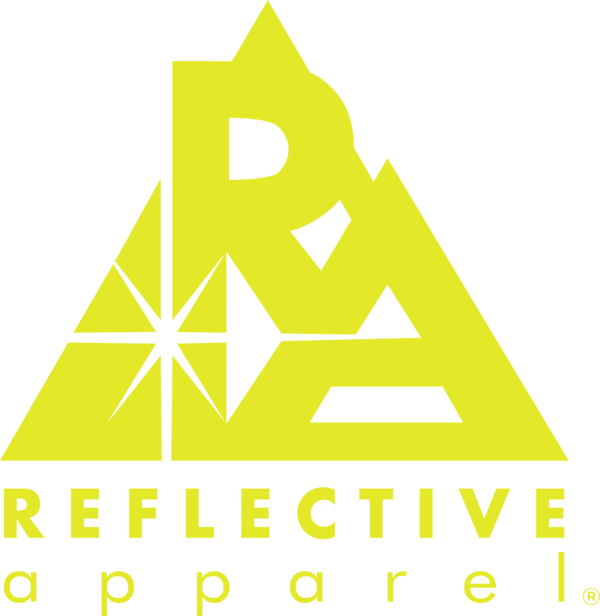Railroad workers have been relying on high visibility Reflective Apparel branded clothing for over twenty years. ANSI compliant garments that meet or exceed FRA standards serve as an additional precautionary measure against the risk of human factors that often contribute to safety errors. This hi vis railroad safety clothing can provide life-saving benefits when worn by workers on or near railroad tracks.
Fluorescent yellow-green, fluorescent orange-red and fluorescent red take a portion of invisible ultraviolet light from sunlight, and through special pigments, send it back to the viewer as more visible light. The use of this technology greatly increases the level of safety and protection for workers near railroad tracks and operating systems, especially in low light conditions, i.e., cloud color, fog, dusk and dawn.
The added requirement of retroreflective material that is applied to safety hi vis apparel returns directional light that is shone from the headlights of vehicles, back in the direction of the light’s original source. The location of the reflective trim, on the garment, is key to ensuring that the wearer can be distinguished from an inanimate object.
Many questions arise about how to best protect railroad workers and what the regulations state. Here are the top three questions we’re asked about rail safety:
1. Does the Federal Railroad Administration require workers to wear high visibility vests or other reflective garments?
While the FRA does not explicitly mandate high visibility safety vests, Section 214.339 requires audible warnings to approaching trains that workers are on or near the railroad tracks. Regarding this requirement, it’s important to note that highly visible clothing identifying railroad workers is a permitted form of notification. High visibility vests and reflective apparel increase the level of safety and protection for workers near railroad tracks and operating systems. Fatigue and distraction increase the level of risk and danger in the rail industry. By increasing visibility and employee awareness, these garments reduce the risk of human error and help to prevent accidents, injuries, and close-calls every day. The most popular color for safety apparel is high visibility lime.
2. Do railroad workers need to have an “X” back on their vests and apparel?
X backs are another option when it comes to selecting workwear in the railroad industry. The X back is mandatory in Canada to meet CSA requirements and an option used by many rail operators in the U.S. and Mexico. The FRA does not require railroad workers to have an “X” back on vests, apparel, or any item. However, X back apparel improves safety by visually reporting the direction that workers are facing. When operators see a large X facing them, it tells them that these workers may not be aware of train movements on the tracks or approaching their backside. Historically, about 50% of the railroad industry chooses X backs as a method for operators to distinguish the position and direction of rail workers at night. With greater visual awareness, operators can make decisions with more confidence and less guesswork. Workers should know to actively watch for movement and stand clear of trains traveling in their direction, but routine experience may create a sense of comfort and confidence among workers.
3. As a railroad contractor, how do I know what to wear for PPE and safety vests with the different railroads?
Each railroad has incorporated its own policy regarding color, such as orange or lime, and level of ANSI compliance (ANSI II, ANSI III, CSA). The Federal Register reports “contractors should not devise their own complete programs in most instances,” (61 FR 10531). With the different railroads and policies, knowing what PPE, safety vests, and garments to wear can be a challenge. Policies differ in terms of back options, from X back to traditional to chevrons, and many railroads demand breakaway features for worker safety. Yet, contractors are responsible for ensuring compliance with the appropriate programs of each railroad. The MUTCD sets out guidelines for railroad workers to wear ANSI Class II or Class III fluorescent high visibility apparel. The intent of these guidelines is to increase the visibility of the worker with appropriate retro-reflective material, allowing them to be seen in low light and darkness. Across the railroad industry, safety officers are adopting these standards and guidelines into their railway worker safety programs.
With nearly three decades in the industry, we have come to study and follow railroad industry guidelines in order to ensure we help our customers make the right choices when selecting high visibility apparel for their teams. Safety education is at the core of raising awareness and preventing injuries, and, in addition to training, the right safety apparel can help keep workers compliant and protected on the job.







